

In this book, you will find the best-putting tips to help improve your golf game. No matter how far you hit your driver, how accurately you play iron shots, or how deftly you chip and pitch, golf is all about getting the ball in the hole. That means the shortest club in the bag – the putter, standard length 35” – plays an oversized role in determining your success.
Statistics bear this out. Most golfers, including pros, use the putter for about 40% of all shots in a typical round. No other club comes close. If your average score is 90, you’ll take about 36 putts per 18 holes. For pros, the figures are closer to 70 and 28. Is the stat misleading? A little, since it counts tap-ins that require practically no skill to make. But the fact remains – if you want to shave strokes from your score, the green is the first place to go. This book on the Putting Process was written by experts and, covers every aspect of this delicate art-slash-science.
Fundamental putting tips are treated with exacting detail: developing a proper grip; aligning your body, eyes, and clubface; accelerating the putter through impact. We offer putting tips lessons on finer points, like reading the green’s break and putting on bumpy surfaces, and discuss alternatives to conventional putting methods (e.g., using a “no-peek” stroke or cross-handed grip). Having the right equipment is critical, too, and you’ll find advice on everything from standard and long putters to heavy clubheads to extra-thick grips.
Of course, we also tackle the most common putting ailments, like deceleration, excessive wrist action, and the dreaded “yips.”
Finally, you’ll find numerous drills designed to improve your stroke path, tempo, and more. Until you’re holing every putt inside 10 feet, lagging every long one close and going months without a three-putt, there are always strokes to be gained on the greens.Please Click Here >
Contents
Chapter 1: Putter: Setup
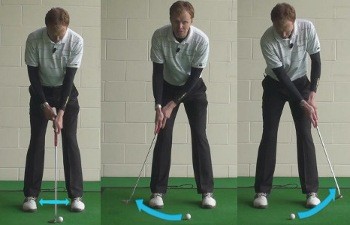
“Like the full swing, stance and posture are crucial building blocks of a sound putting stroke.”
Chapter 2: Fast Greens Adjustments
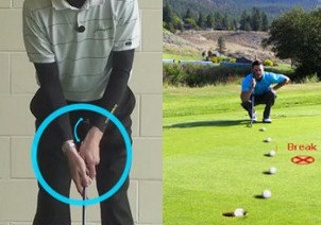
“The speed of the greens is one of the biggest variables in the game of golf.”
Chapter 3: Smooth Your Putting Stroke

“Golf teachers advocate a putting motion controlled by the arms and shoulders, as opposed to the wrists and hands.”
Chapter 4: Follow Through to the Finish
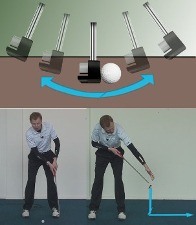
“Do you need to follow through when putting?
Chapter 5: Pendulum Putting Stroke

“A pendulum putting stroke is going to move in a similar manner to a traditional pendulum – the club is going to rock back and forth with a smooth, even tempo.”
Chapter 6: Pre-Putt Routine
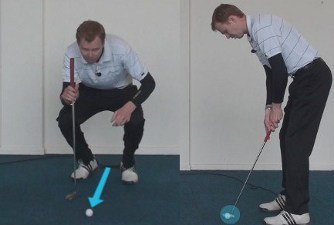
“Repeating the same steps before each and every shot, no matter the length, club, or situation, helps ensure your swing will repeat.”
Chapter 7: New Yips Fix
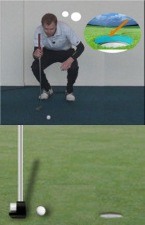
“The vast majority of golfers suffering from the yips are wracked with fear, causing a lack of trust in their stroke.”
Chapter 8: Putting in the Wind

“As a general rule, any time the wind is blowing at least 10 MPH – strong enough to move your pants legs – you should account for it on the greens.”
Chapter 9: Putting Tempo
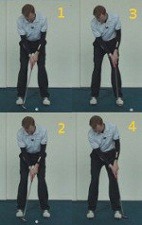
“Just as is the case in the full swing, you need good tempo in your putting stroke if you are going to be able to make your fair share of putts on a regular basis.”
Chapter 10: Putting-Style Chip
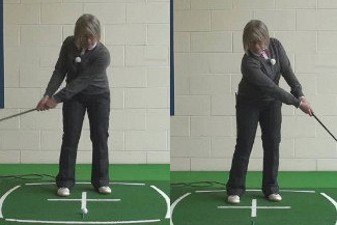
“Too many amateur golfers opt to hit high chip shots when such a shot simply isn't called for in many instances.”
Chapter 11: Read Greens Like a Pro
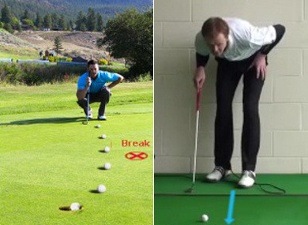
“Reading greens is one of the most important skills in golf.”
Chapter 12: Die it in the Hole?

“Speed control is one of the key elements of successful putting.”
Chapter 13: Side-Saddle Putting
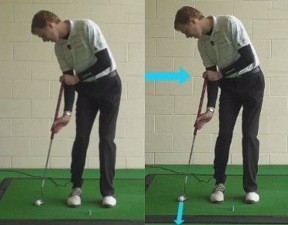
“Proponents of side-saddle putting note that the motion is similar to tossing a ball, making it more natural than the traditional stroke.”
Chapter 14: Holing Putts Secret

“The secret to holing more putts comes down to what you do before you actually hit the putt.”
Chapter 15: Un-hinged Left Wrist

“One of the exciting things about working on your putting is how easy it is to mirror the technique of another player – even a professional.”
Chapter 16: Short Putt Drill
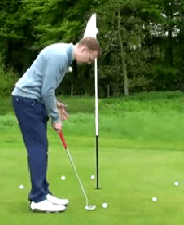
“The best way to ingrain an accelerating motion is to make the backstroke shorter than the follow-through.”
Chapter 17: Bumpy Greens
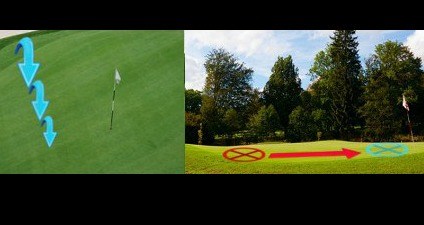
“One of the tricky things about being a golfer is the fact that course conditions change so dramatically from day to day.”
Chapter 18: Negative Thoughts

“There’s no worse feeling in golf than standing over a 2-foot just knowing you’re going to miss it.”
Chapter 19: Putting from Off the Green
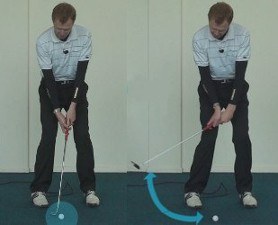
“Unless there's a bunker or other obstacle between you and the green, putting should always be your first consideration.”
Chapter 20: Saw Grip
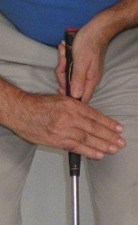
“For a right-handed golfer, the claw grip is formed by turning over the right hand and gripping the handle of the putter with your palm facing in toward your body.”
Chapter 21: Use Arms and Shoulders

“To vary the speed and length of your putts, simply make a shorter or longer stroke, without trying to hit the ball softer or harder by slowing or speeding up your motion.”
Chapter 22: Reverse Putting Grip

“The reverse putting grip helps nullify the weak hand / strong hand relationship by putting more control in the left hand (for a right-handed golfer).”
Chapter 23: Texas Wedge

“A Texas wedge actually isn't a wedge at all – it is simply a shot that is played with a putter from off of the green.”
Chapter 24: The Eyes Have It

“You can improve your putting through proper use of your eyes during each stage of the process.”
Chapter 25: Putt From A Greenside Bunker

“When attempting to putt from sand, make sure not to ground the club as you'll incur a penalty.”
Chapter 26: Wristy Putting Stroke
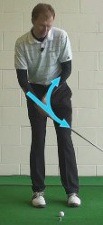
“A wristy putting stroke occurs when either one or both wrists 'break down' and cause a flicking action with the hands.”





